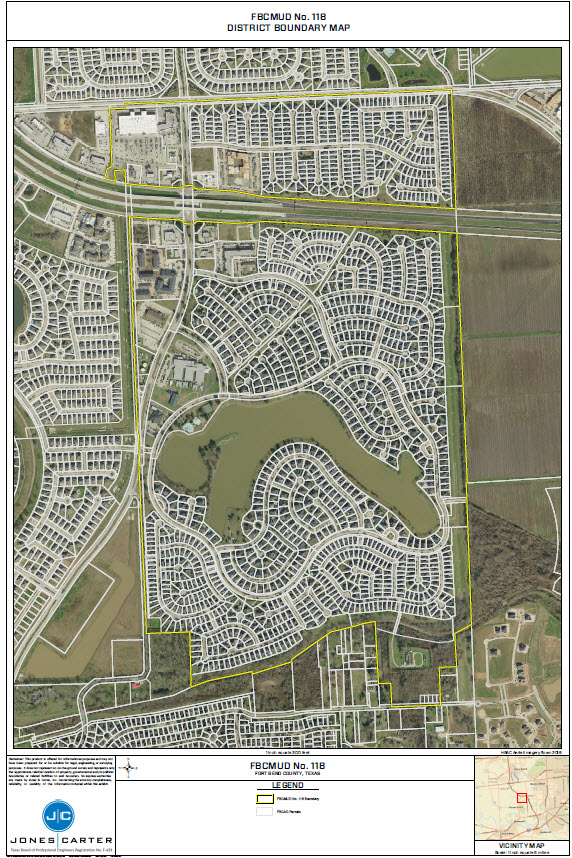What is a MUD?
MUD – Municipal Utility Districts are the most common form of districts within Texas. A MUD is a political subdivision of the State of Texas created for the purposes of providing water, wastewater, drainage and other services. They are created for areas undergoing residential and commercial development where no utilities exist. MUDs are formed either by a special act of the Legislature, or by the TCEQ. The TCEQ may receive petitions to form MUDs from the owners of large plots of land that desire development. The MUD’s elected board of directors oversees and manages the district’s operations, which include overseeing the design, construction, financing and operation of the district’s utilities.
The primary duties of MUDs include the following:
- Controlling, storing, preserving, and distributing water resources for municipal, commercial, and domestic uses.
- Managing any shortage or excess of water.
- Protecting, preserving, and restoring the purity and sanitary condition of Texas water.
- Overseeing the conservation and development of natural resources.
- Providing parks and recreational facilities for inhabitants within the district.
- Collecting, transporting, processing, and disposing of waste.
History
Fort Bend County Municipal Utility District No. 118 was created by the TNRCC, predecessor to the TCEQ, on August 28, 1998, and operates pursuant to Chapters 49 and 54 of the Texas Water Code. The District contains approximately 620.4 acres of land.
The District is empowered, among other things, to purchase, construct, operate, and maintain all works, improvements, facilities, and plants necessary for the supply of water; the collection, transportation, and treatment of wastewater; and the control and diversion of storm water.
Under certain limited circumstances, and with the approval of the TCEQ, the District also is authorized to construct, develop and maintain park and recreational facilities and to construct roads. In addition, the District is authorized to establish, operate and maintain a fire department, independently or with one or more other conservation and reclamation districts, and provide such facilities and services to the customers of the District. Future recreational facilities may be paid for by the issuance of bonds and the levy of ad valorem taxes in payment thereof.
The TCEQ exercises continuing supervisory jurisdiction over the District. In order to obtain the consent of the City of Houston, within whose extraterritorial jurisdiction the District lies, the District has agreed to observe certain City of Houston requirements. These requirements limit the purposes for which the District may sell bonds to the acquisition and improvement of waterworks, wastewater, and drainage facilities; limit the net effective interest rate on such bonds and other terms of such bonds; and require approval by the City of Houston of the District’s construction plans and specifications.
The District is located entirely within Fort Bend County, Texas, and lies approximately 25 miles southwest of the central business district of the City of Houston, Texas. The District is located entirely within the extraterritorial jurisdiction of the City of Houston and within the Fort Bend Independent School District. The District is located approximately 4.5 miles west of the intersection of U.S. Highway 90A and State Highway 99. The District is generally bordered by Oyster Creek on the south, Farmer Road on the west, and West Bellfort Road on the north. The Grand Parkway traverses the District in an east-west direction.

